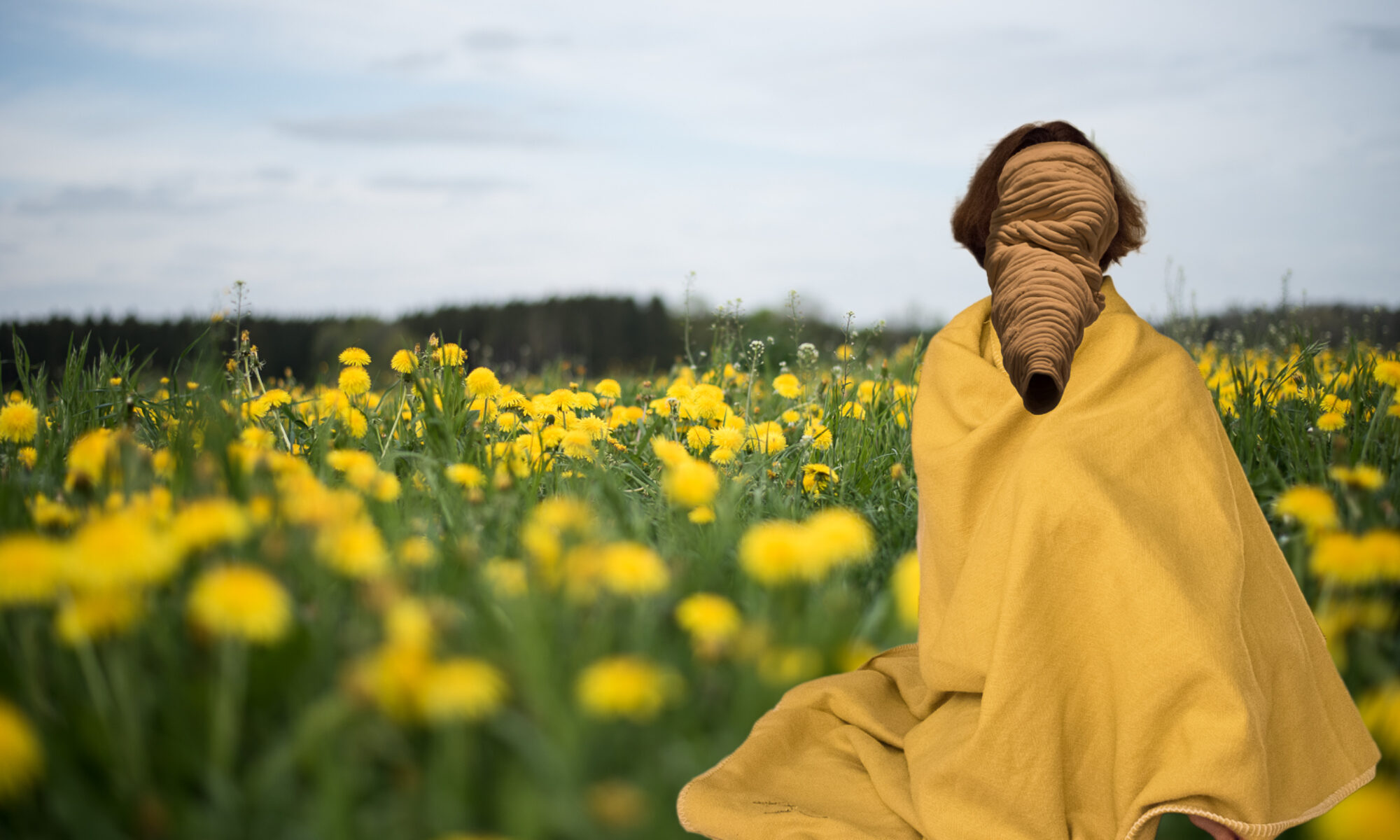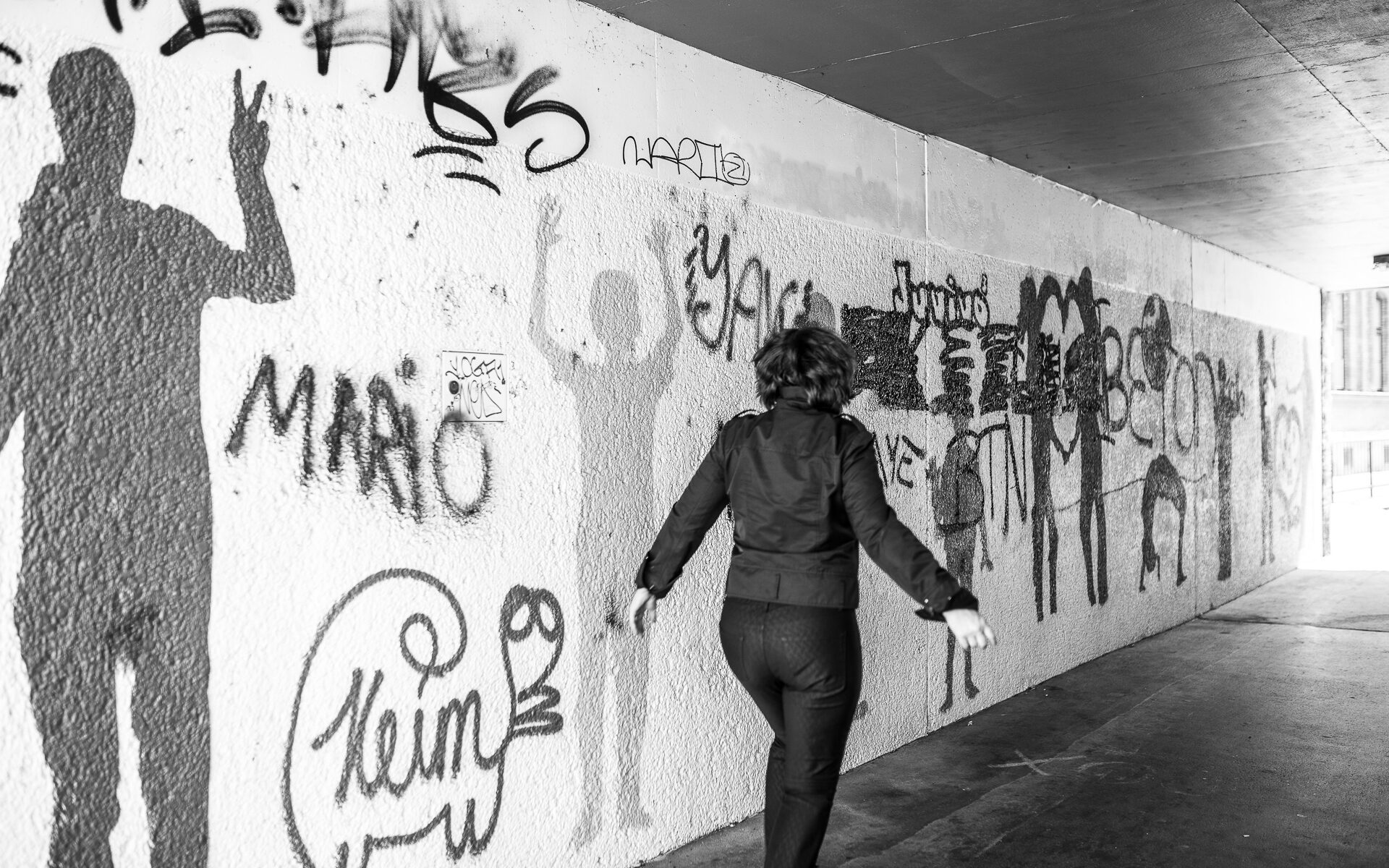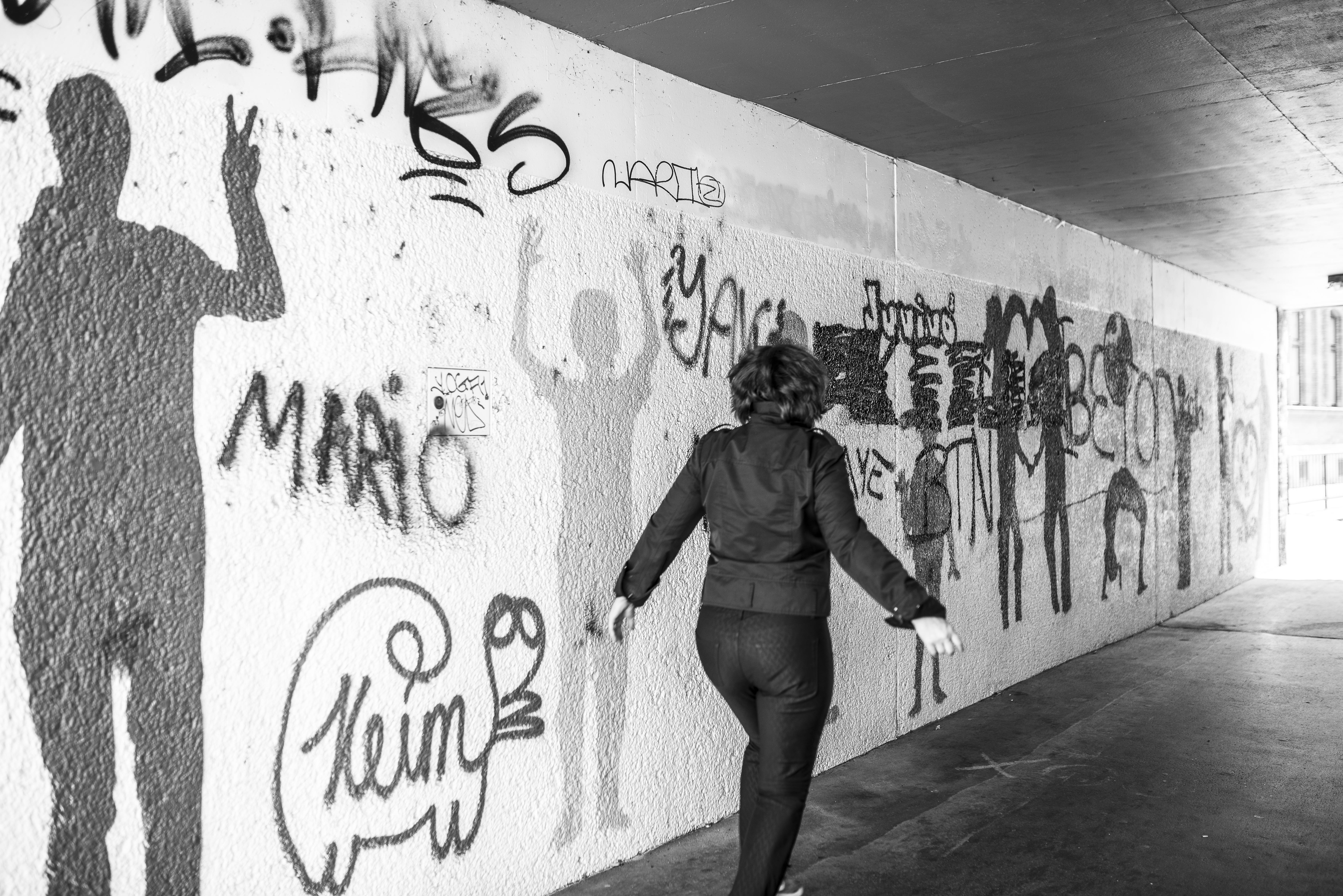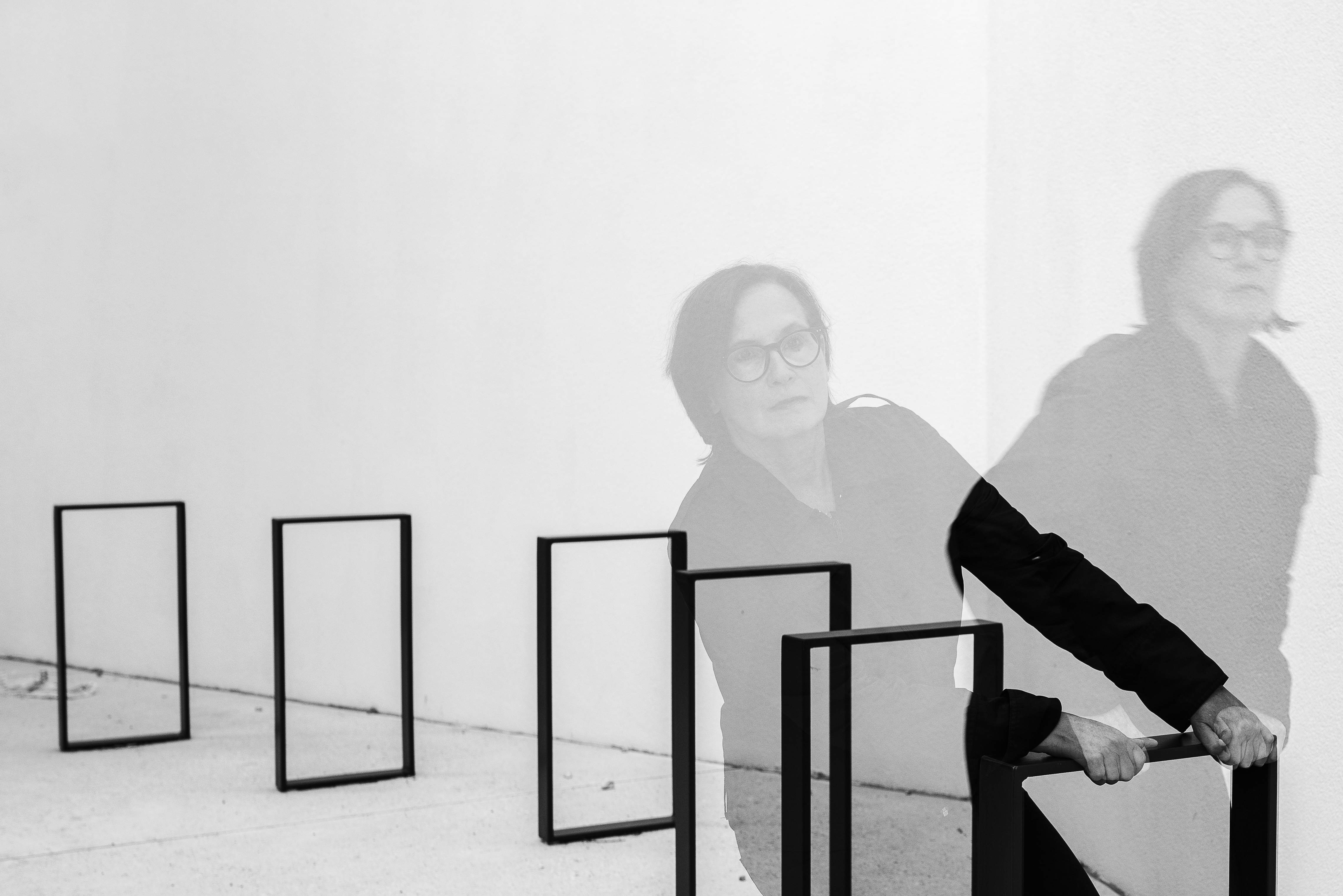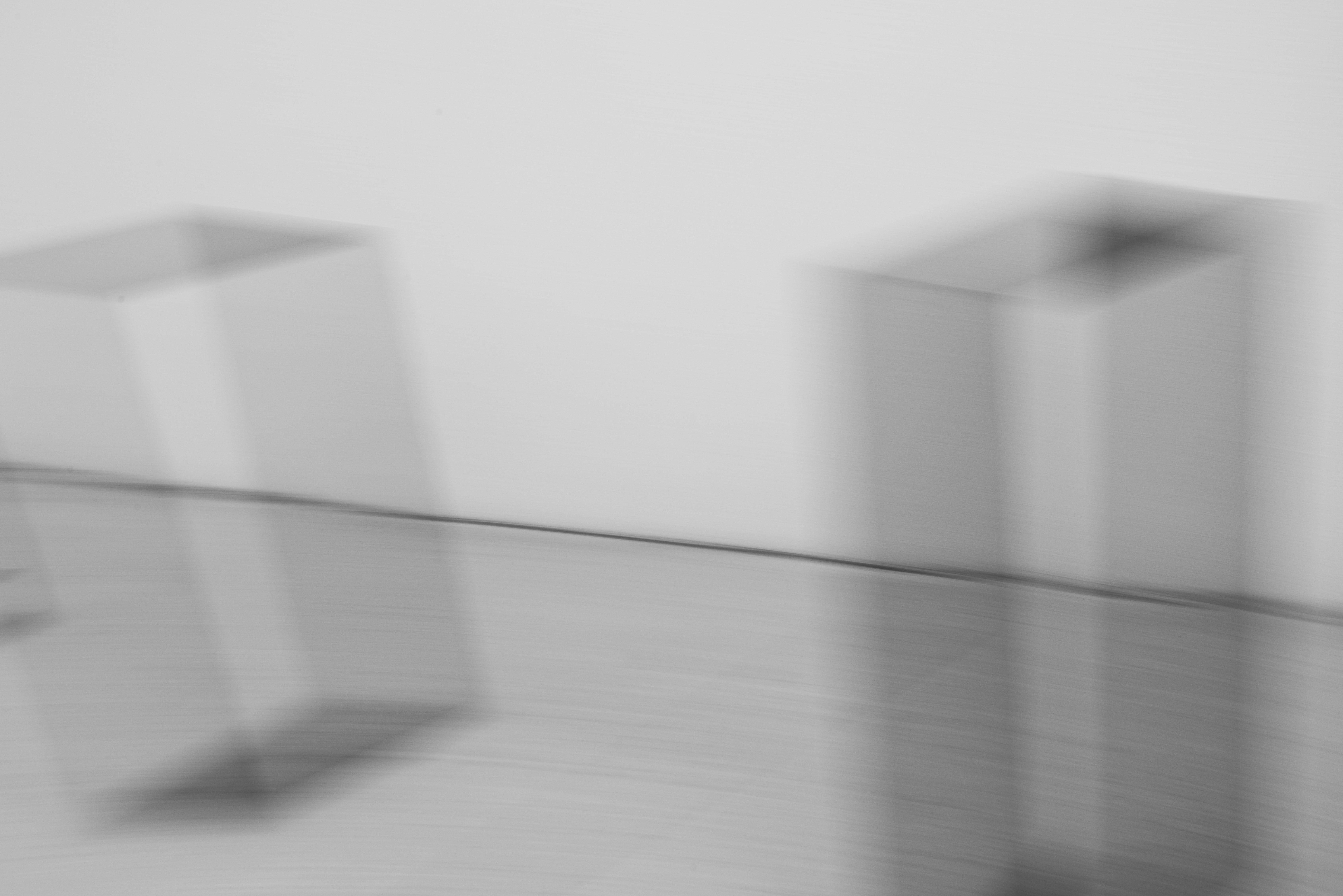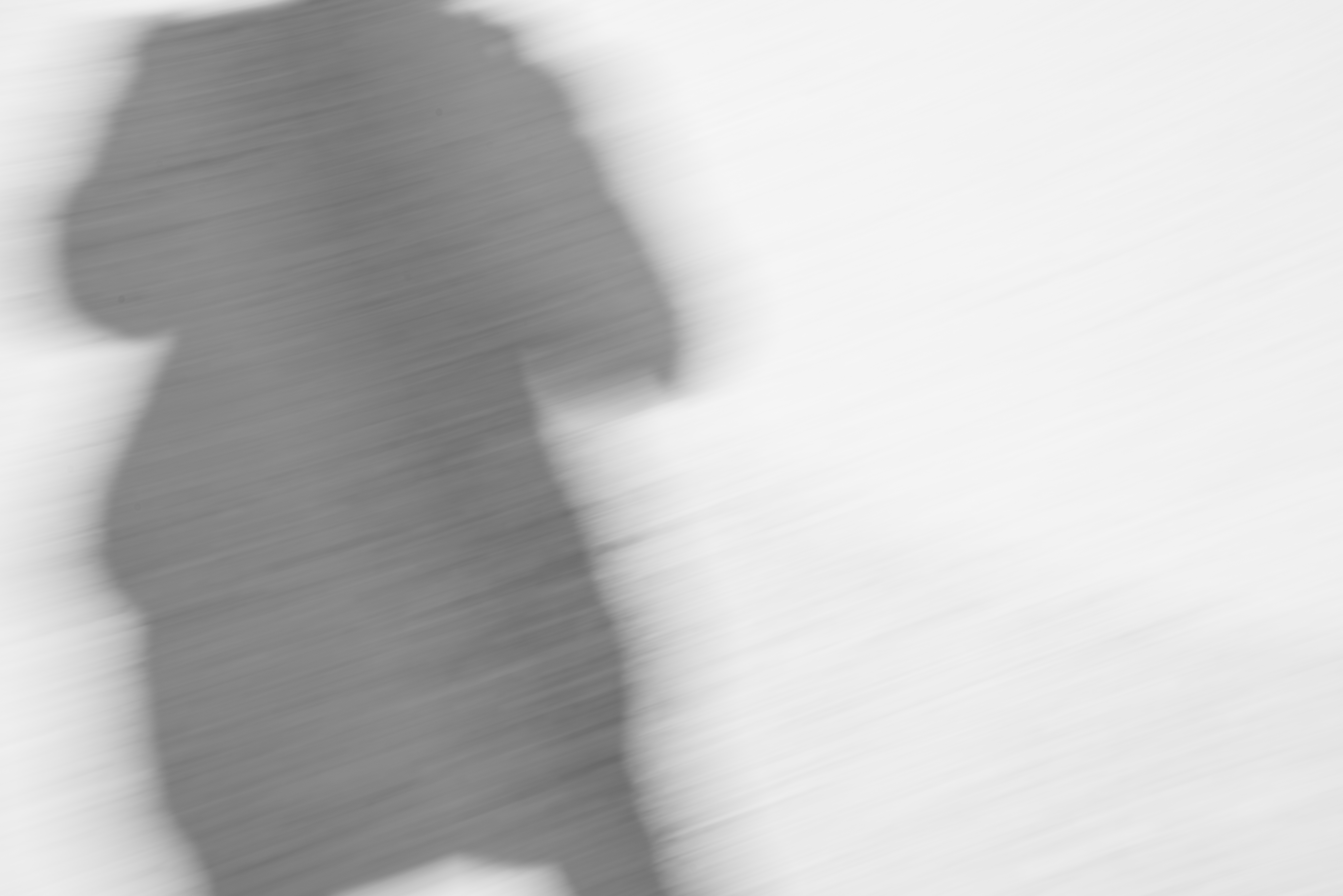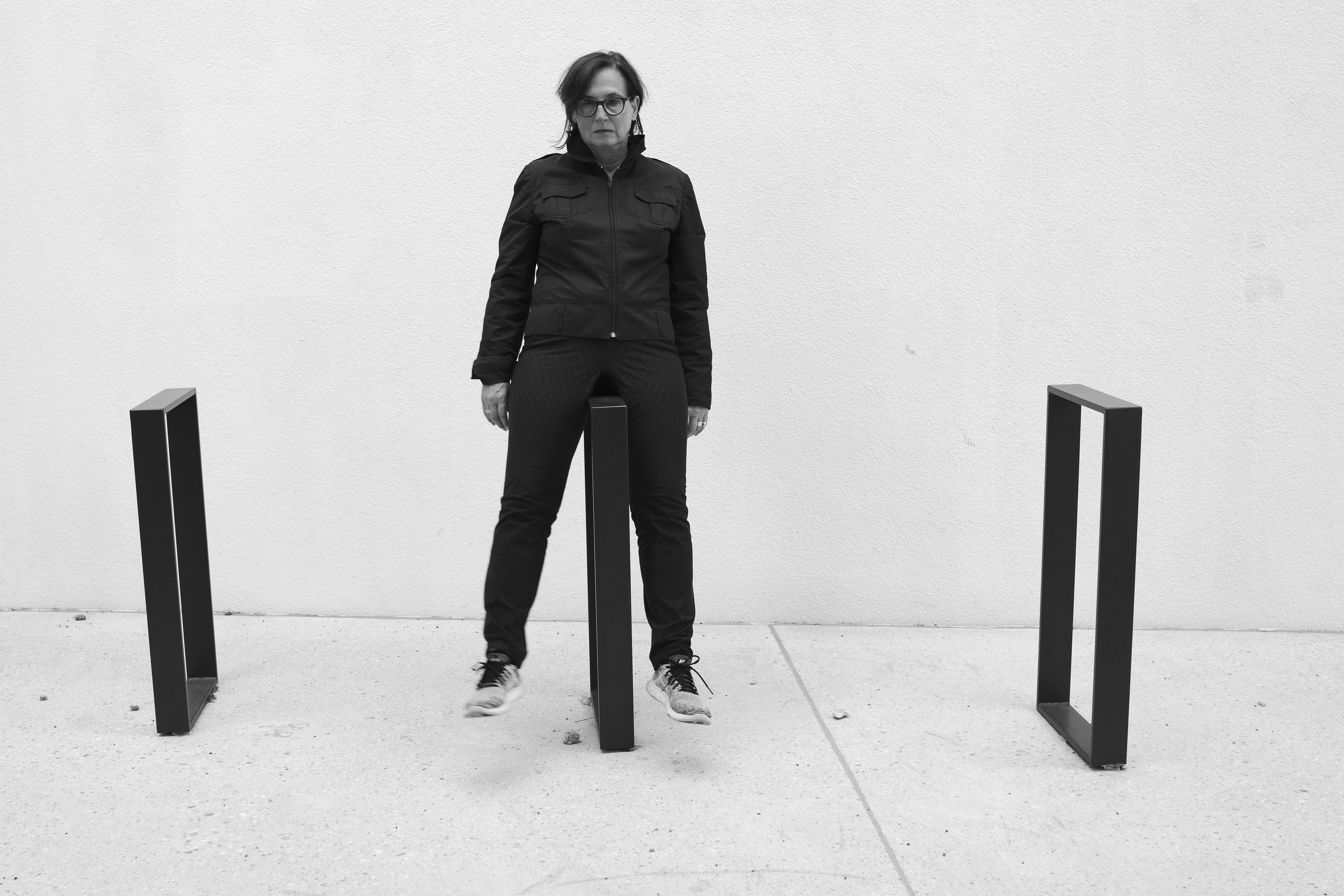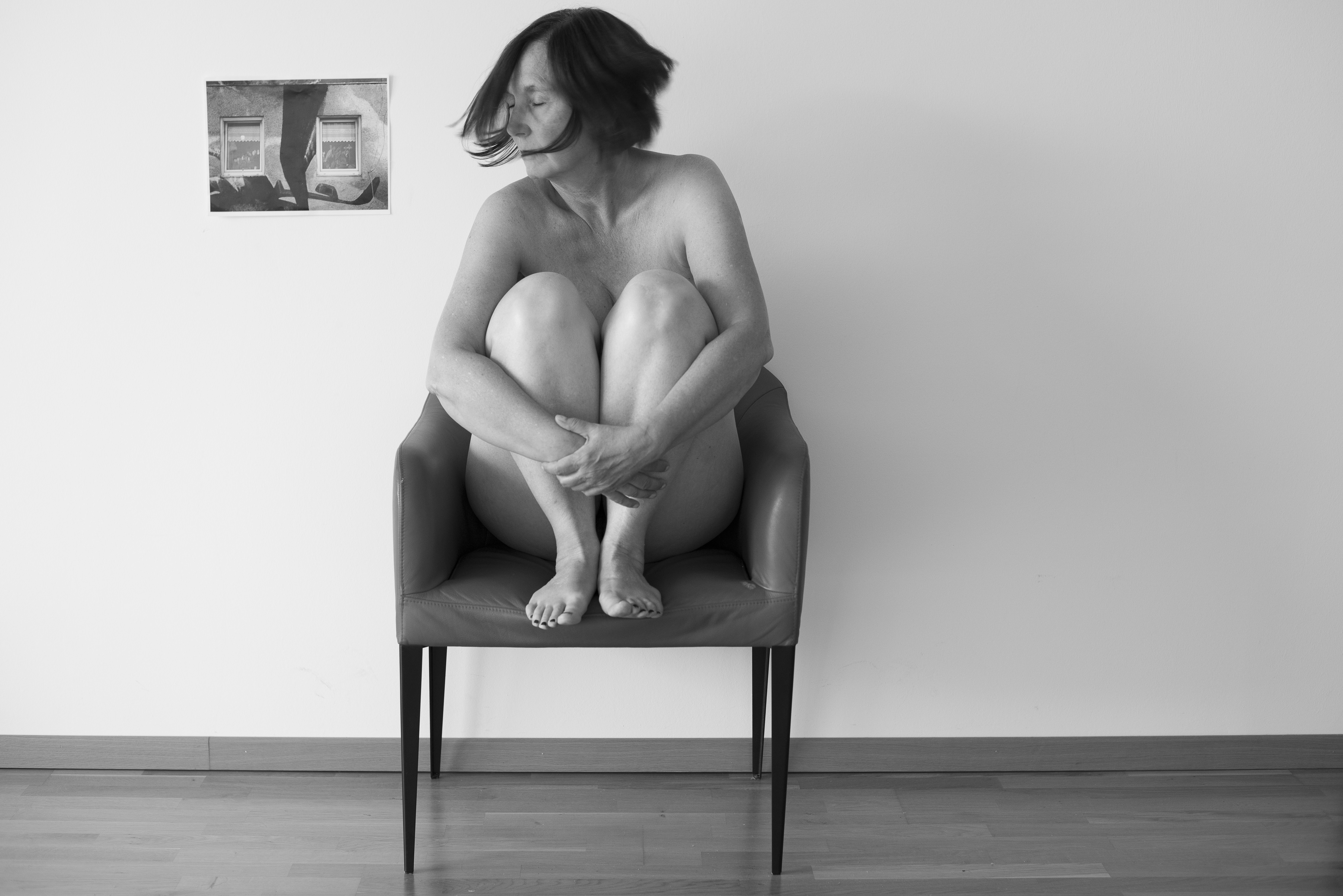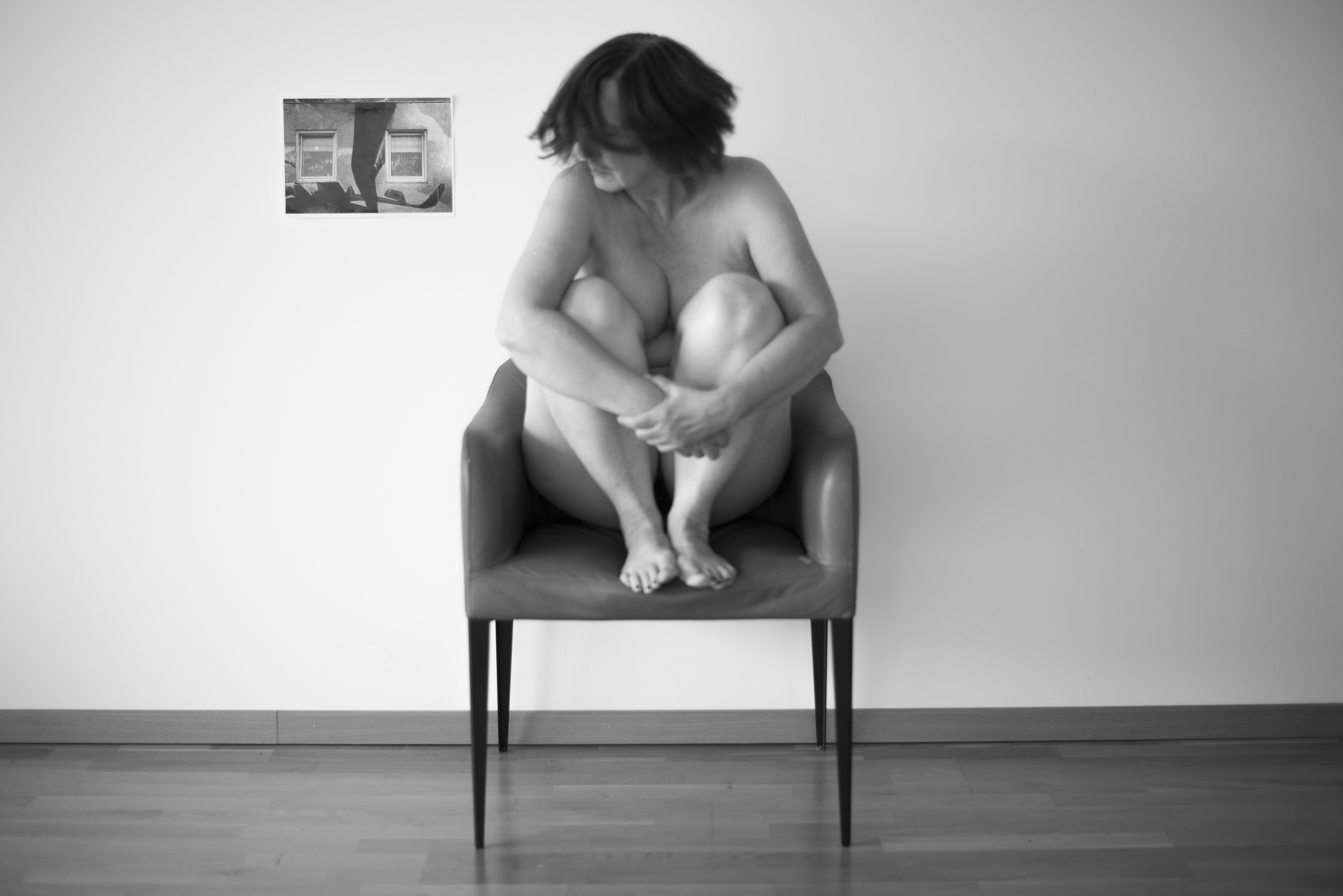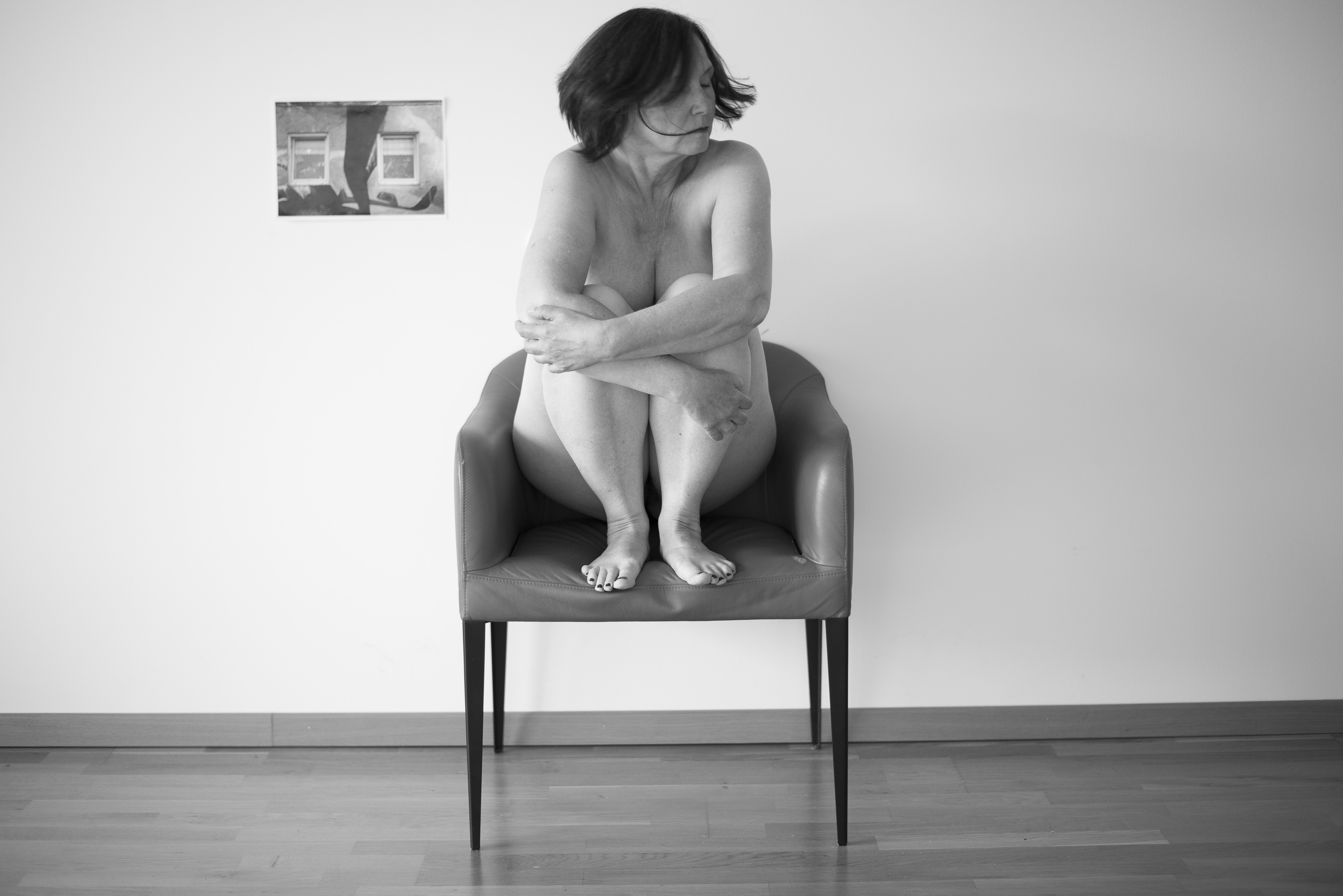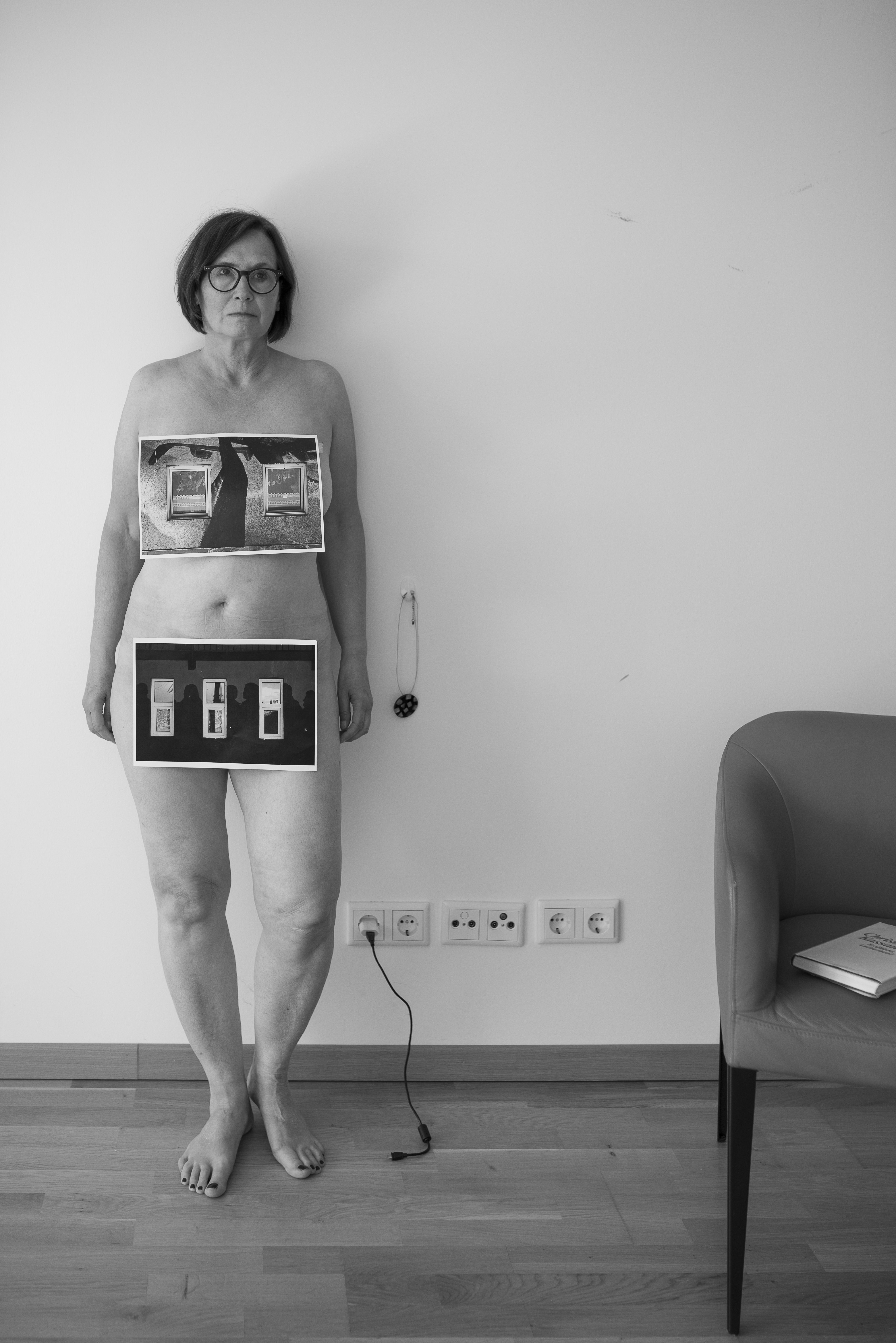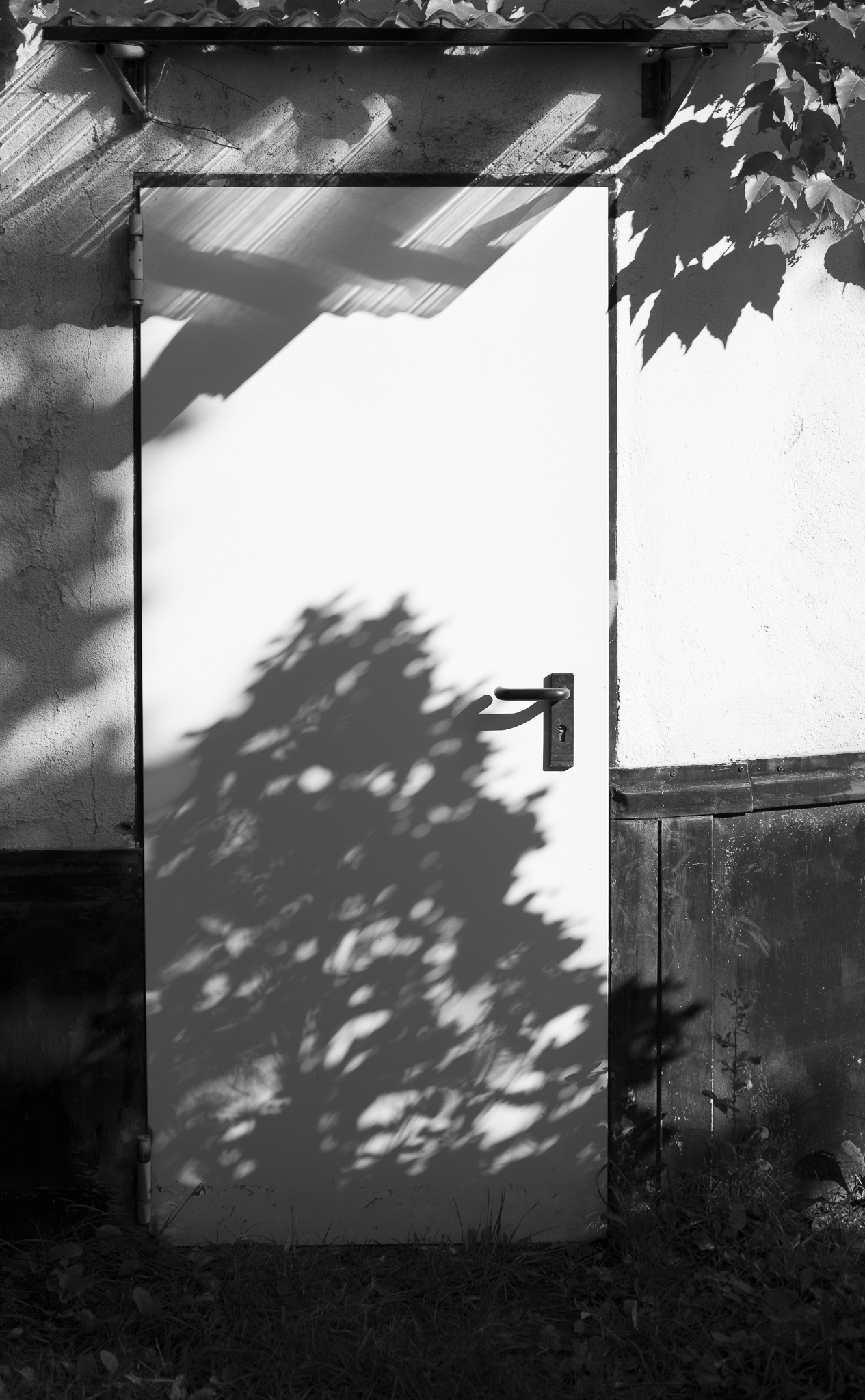In Erika Pirchers Serie IntroSpection treffen Fragestellungen bezüglich der eigenen Identität auf die Verrohung der Außenwelt. Die Auseinandersetzung mit prägenden biografischen Phasen mündet in einen fotografischen Prozess des Hinschauens, Wegschauens und nebulösen oder konkreten In-Erscheinung-Tretens. Die Bilder Same but Different, Multiple Identities und Between befinden sich im Bereich des individuellen Suchens und Hinterfragens und deuten ein prozessuales (Selbst-)Erkennen an. Das Erkannte ist nur scheinbar konkret und wird sogleich wieder in Frage gestellt. Identität konstituiert sich nicht als unveränderliches Konstrukt, sondern ist einer stetigen, lebendigen Veränderung unterworfen.
Ausgehend von diesem introspektiven Blick stellt sich die Künstlerin der Außenwelt: I must see – I don’t want to see wird zum Herzstück dieser Arbeit. Augenfälligerweise zeichnet sich diese Konfrontation, insbesondere das Nicht-Sehen-Wollen, durch Nacktheit, Verletzlichkeit und Berührbarkeit aus. Die Vergegenständlichung des oszillierenden Moments zwischen dem Innen und Außen geschieht unter anderem durch das Abbilden einer eigenen früheren Arbeit, zunächst scheinbar belanglos als Bild an der Wand, sodann als spielerische Anheftung an den Körper der sich selbst porträtierenden Künstlerin: Fenster fordern zu Ein- und Ausblicken auf.
Die Lesart der Bilder ist von einer Synchronizität geprägt. Somit deutet Dreaming a way out weniger auf den Abschluss der Serie hin als auf eine Vision, die sich während des gesamten Reflexionsprozesses als Option anbietet.
Gabriele Hofmann
In Erika Pircher’s series IntroSpection, questions about her own identity meet the brutalisation of the outside world. The examination of formative biographical phases leads to a photographic process of looking, looking away and nebulous or concrete appearances. The images Same but Different, Multiple Identities and Between are in the realm of individual searching and questioning and suggest a process of (self-)recognition. What is recognised is only seemingly concrete and is immediately called into question again. Identity is not constituted as an unchangeable construct, but is subject to constant, living change.
Based on this introspective view, the artist confronts the outside world: I must see – I don’t want to see becomes the centrepiece of this work. Strikingly, this confrontation, especially the not wanting to see, is characterised by nakedness, vulnerability and touchability. The objectification of the oscillating moment between inside and outside occurs, among other things, through the depiction of her own earlier work, initially seemingly irrelevant as a picture on the wall, then as a playful attachment to the body of the artist portraying herself: windows invite us to look in and out.
The reading of the images is characterised by synchronicity. Dreaming a way out thus points less to the conclusion of the series than to a vision that presents itself as an option throughout the entire process of reflection.
